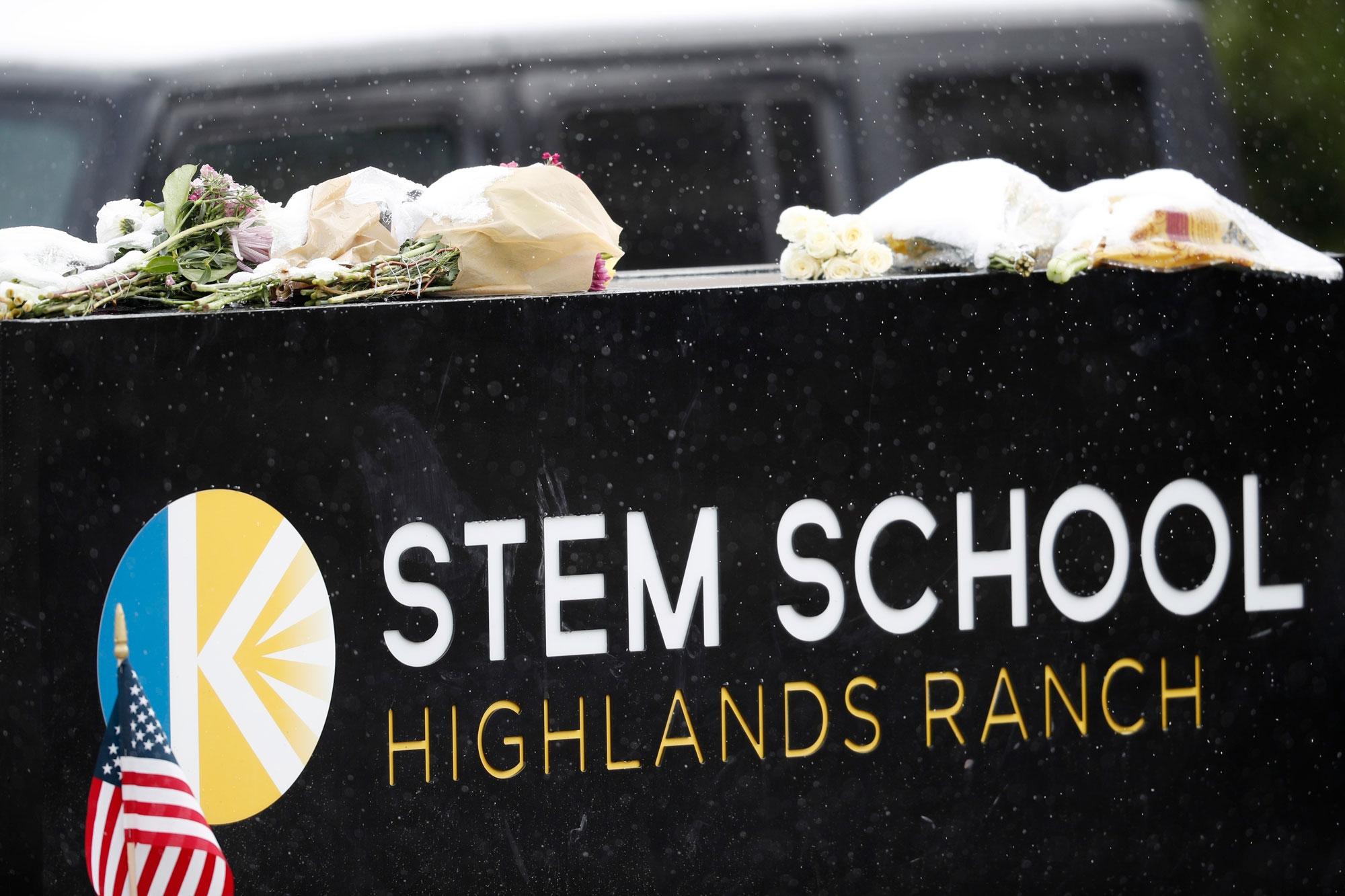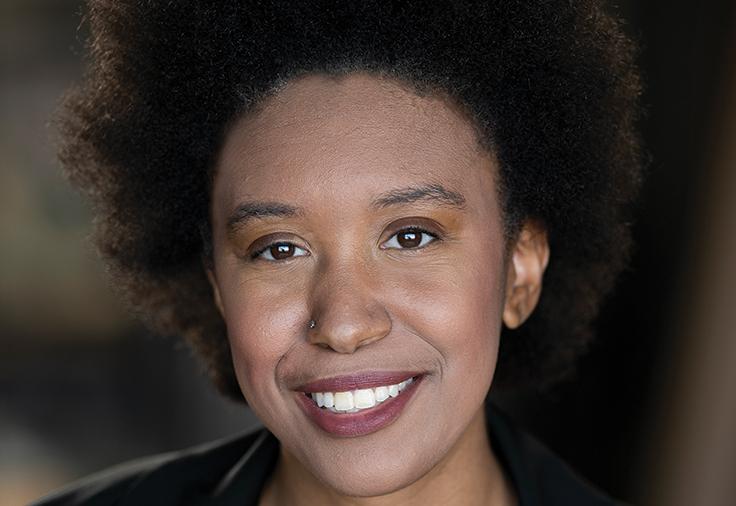
Douglas County Commissioners will spend the majority of the additional money they promised to school safety following the STEM School shooting on physically securing schools.
The commissioners released their report Thursday on how they will spend the $13 million infusion. They approved the budget boost in May, three weeks after the shooting at STEM School Highlands Ranch that left one student, Kendrick Castillo, dead and eight injured.
"On May 7th, the shooting at STEM sent the three of us into the heart of our worst nightmare," said Commissioner Abe Laydon. "And in an instant, our county lost a hero -- Kendrick Castillo -- who made the ultimate sacrifice for his classmates."
The announcement revealed a division in the community over whether the money should go towards armoring schools or equipping them with additional mental health resources.
As announced in the spring, the commissioners are investing $3 million over time in increasing the number of school resource officers. The officers will be from the Douglas County Sheriff's Office. In the 2018-19 school year, there were only 11. The county is doubling that number to 26 in the 2019-20 year.
The remaining $10 million is a one-time infusion of which $7.68 million is going to school applicants - the schools that requested safety resources - and $1.33 million is going to better technology to secure schools. Mental health support is getting $990,000, to pay for school climate and culture assessments, suicide prevention, and trainings for students, parents, and staff.
Every school that asked for safety or mental health resources received funding.
Commissioner Lora Thomas explained that two groups created the plan: one tasked with physical school security and one tasked with mental health.
"These committees were filled with subject-matter experts who spent hours going through thousands of pages of research," Thomas said. "Those committees provided us with a list of recommendations that would keep our kids safe."
The groups then provided those recommendations online so schools were able to apply for the resources they wanted.
More than two-thirds of the $10 million is going to traditional public schools, while charters will get 17 percent and private schools will get four percent.
The last $331,000, also disbursed over time, is for a board the county is calling the Youth Community Response Team. It will include a mental health clinician, a trained county deputy, and a case manager. It will create a safety plan to guide the district’s next steps and to ensure ongoing care for students. It will serve Douglas County schools covering about 70 percent of students.








